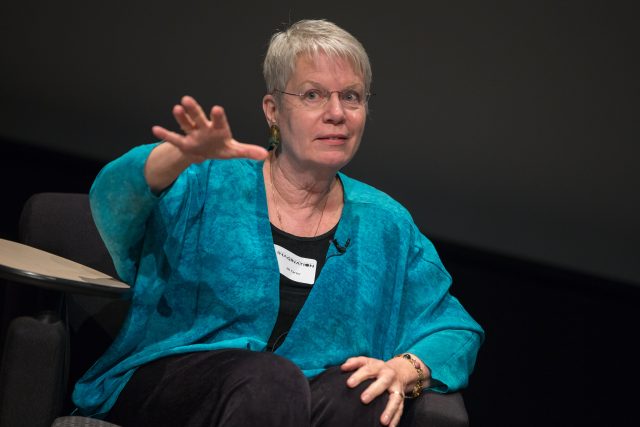From exile to eminence: How the alien hunters conquered astronomy
Ars Technica » Scientific Method 2016-02-05

Tarter speaks after a screening of Contact, in 2014, at the Qualcomm Institute. (credit: Qualcomm Institute)
When Jill Tarter first began to look for aliens, she drew looks askance from her friends and colleagues. The perception was “What’s a nice girl like you doing in a subject like this?” she recalled in an interview with Ars. Tarter, now 72, would go on to rise above that perception, becoming a leading figure at the SETI Institute. And the astronomer played by Jodie Foster in the movie Contact, which was largely based on Tarter, would further bolster her reputation.
She and her fellow searchers haven’t found E.T. yet, but they have become respected members of the scientific community. These days, when NASA plots future explorations of Mars or ice-covered moons in the outer solar system, they’re driven by the search for microbial life. And with the discovery of billions of planets in the Milky Way, no one snickers any more at the idea of sniffing atmospheres around other worlds for biosignatures.
The search for aliens has become respectable because it no longer is a philosophical or religious matter to ask if we are alone. During Tarter’s lifetime, scientists and engineers have developed the tools and technology to finally probe this question in a meaningful way.